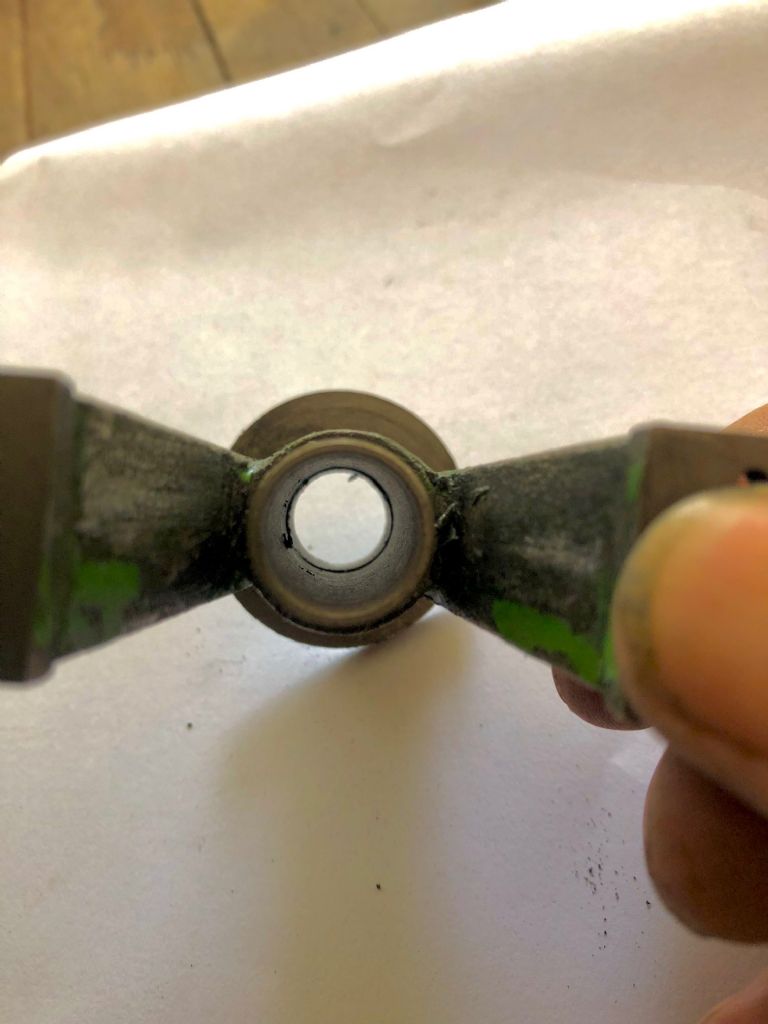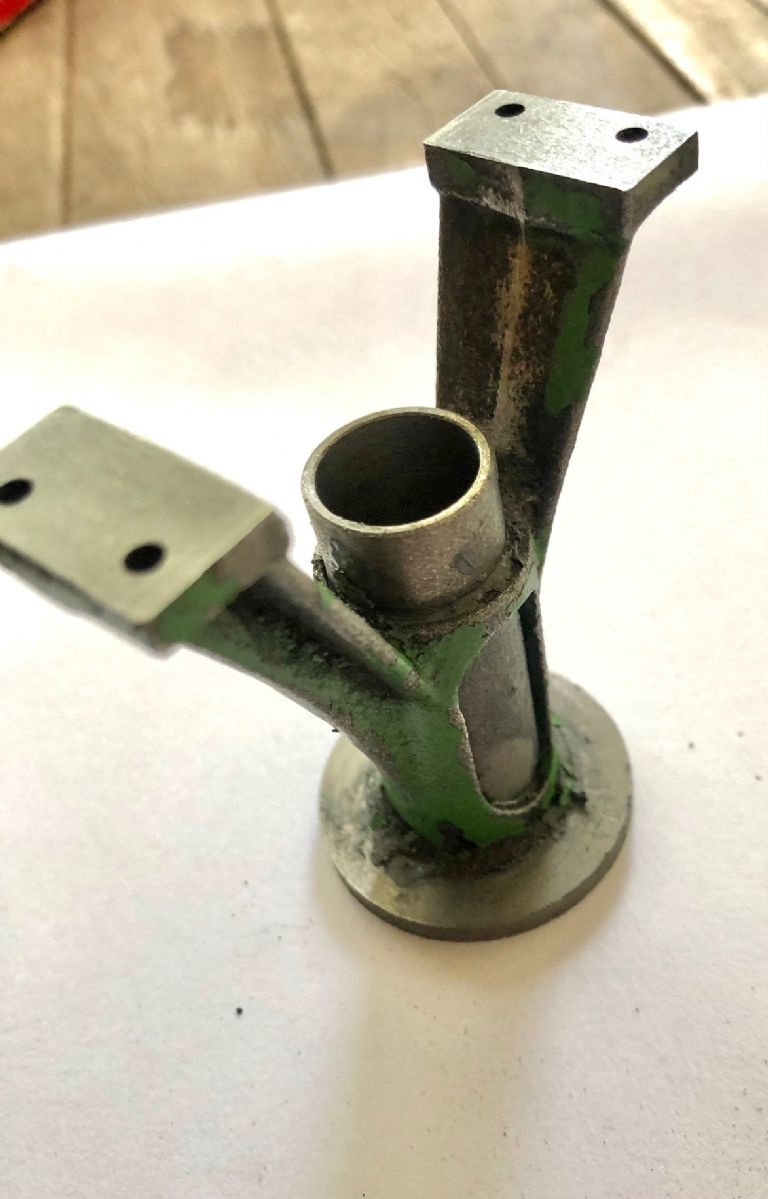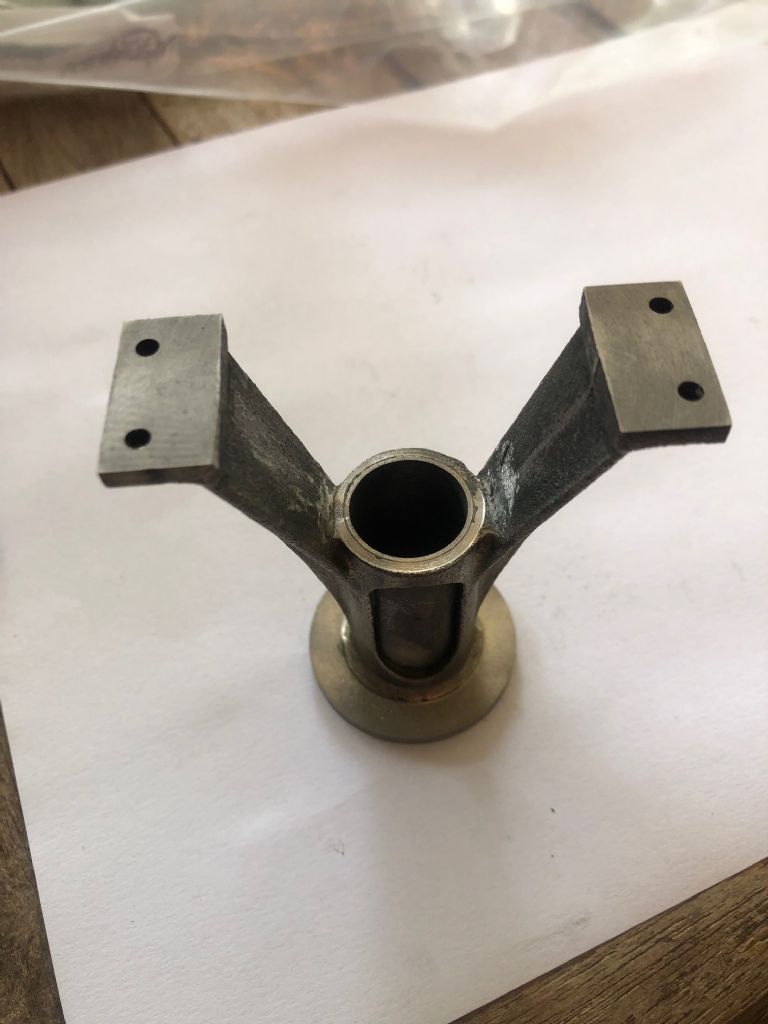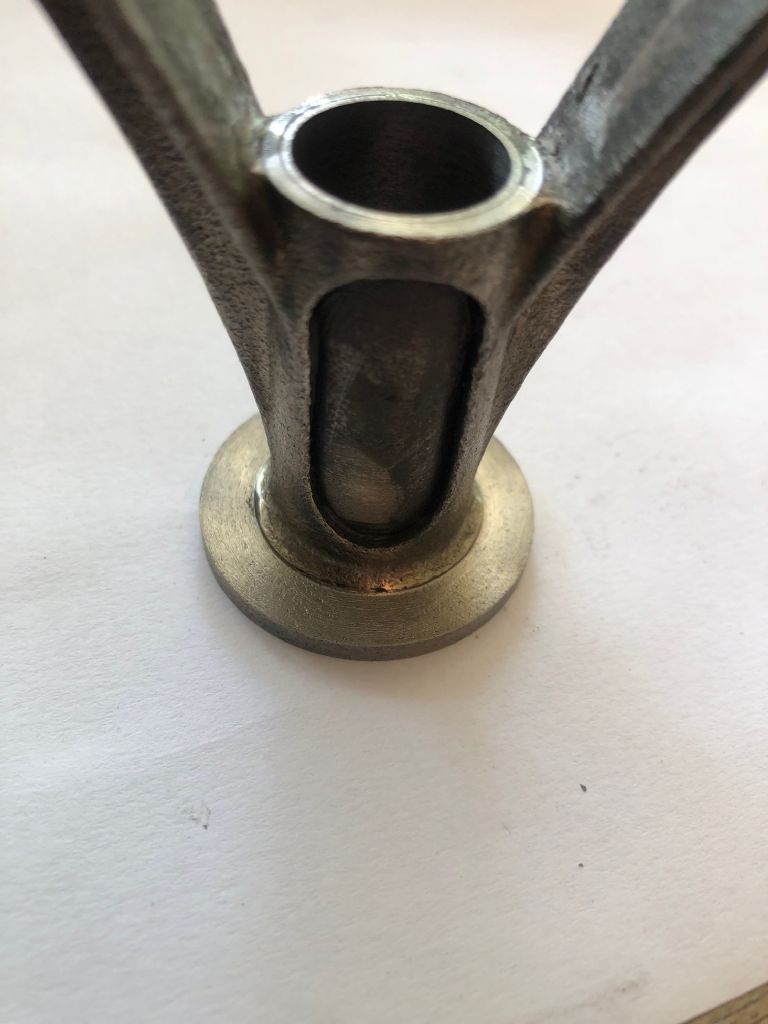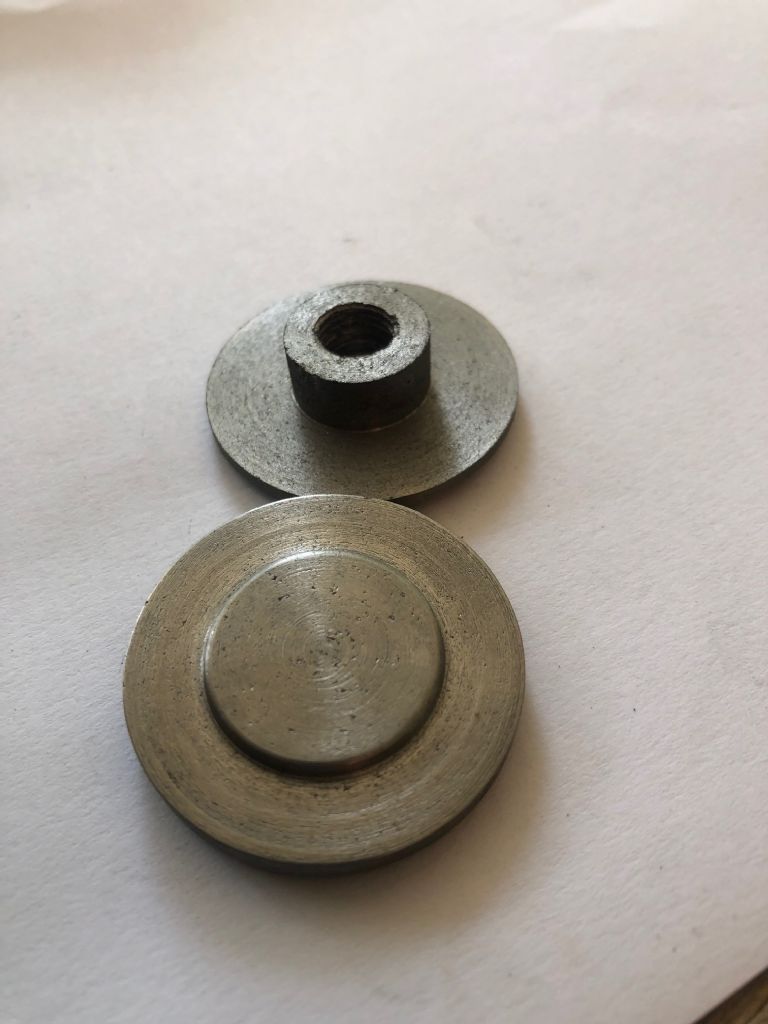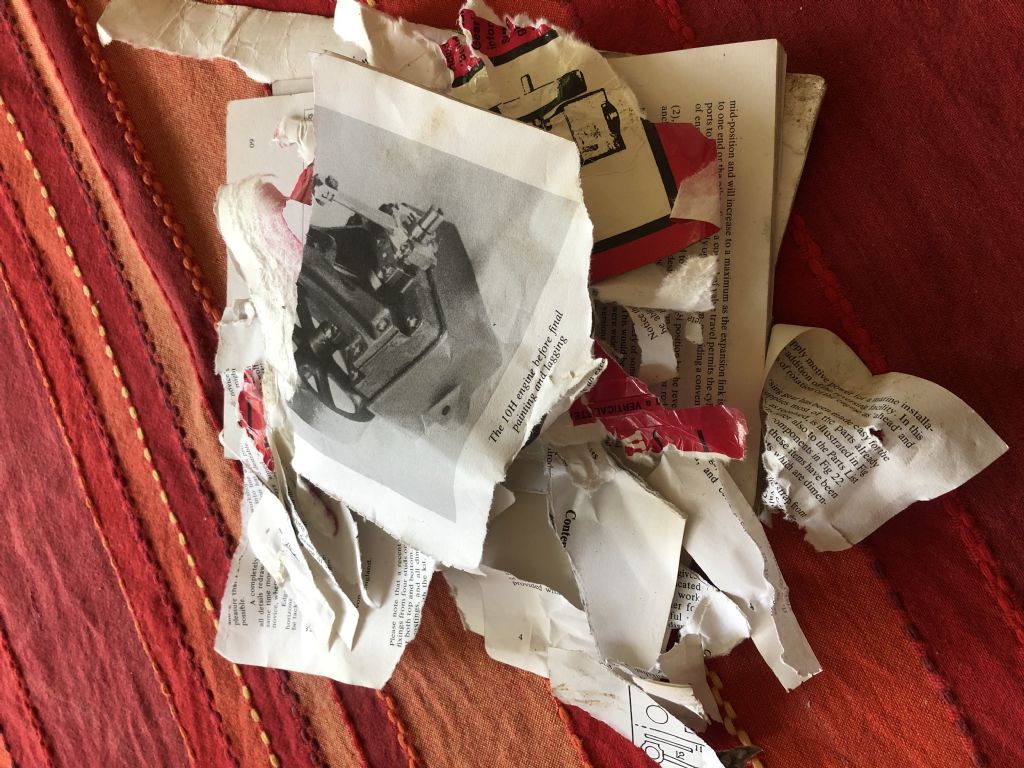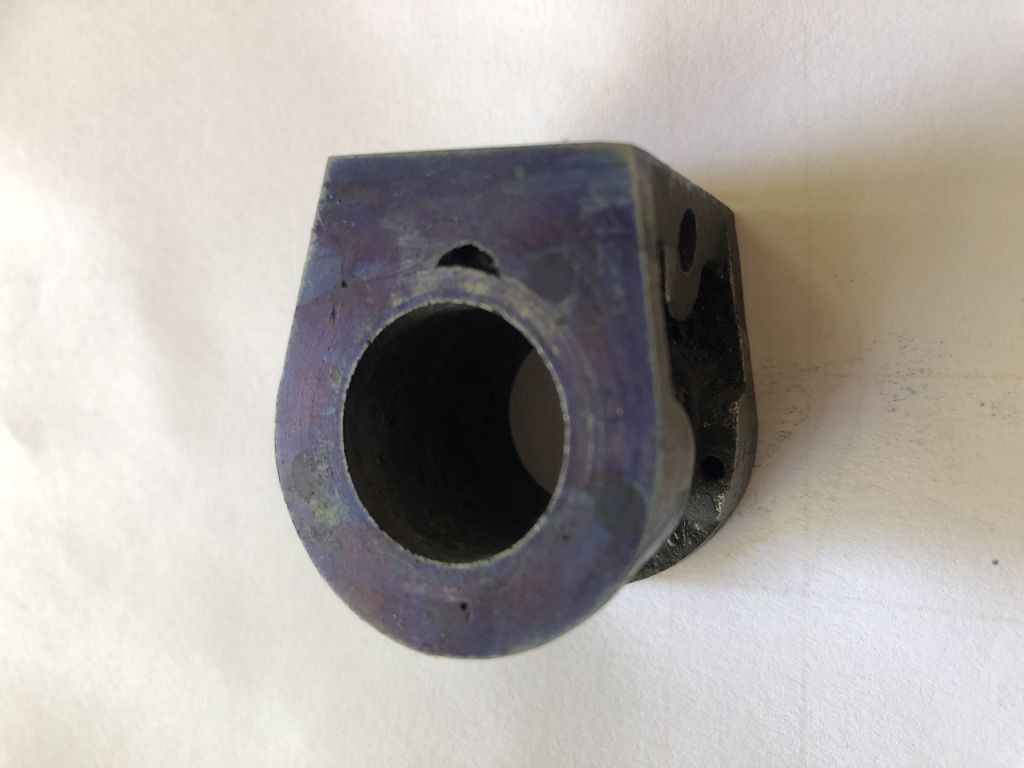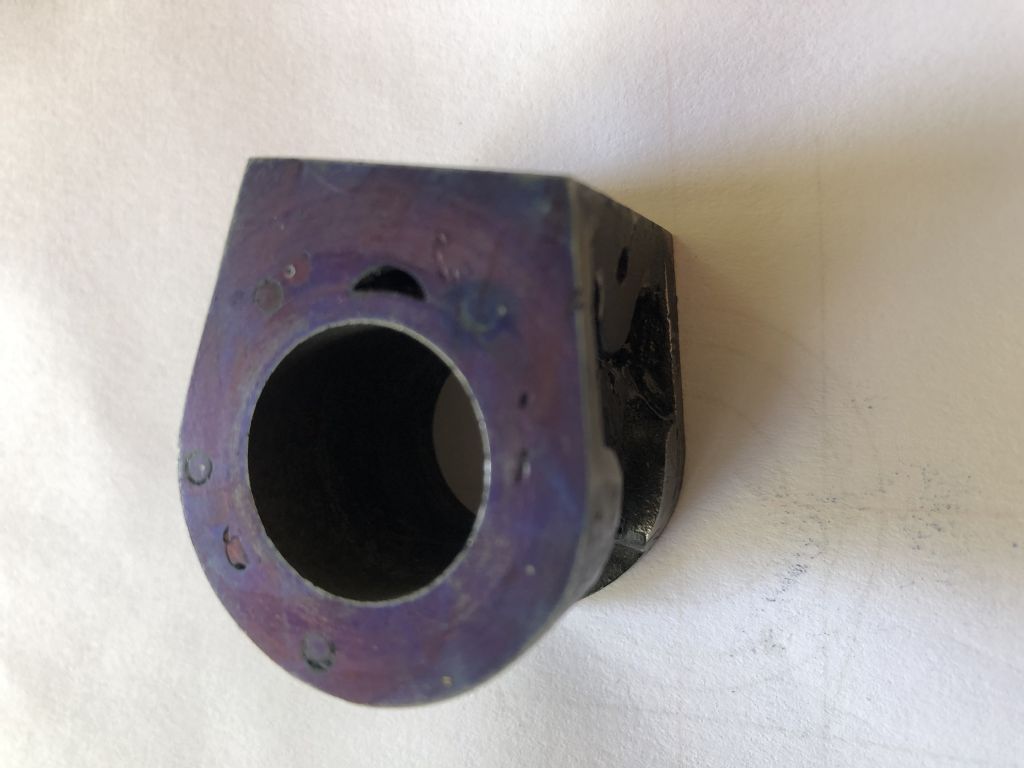This morning almost finished the standard just to remove sleeve from the side ports, haven't decided whether to mill them away or drill and Dremel them away and a little fettling.
I have removed all old paint and have to now think what paint to use as I am in Thailand it is a bit short on choice, i can use Tamiya paint that is used in models but I need to check if it is good with metal first, it does say it is enamel.
Next, is the color will it be Stuart green or a Maroon, any suggestions?
A bit of a schoolboy mistake today on the bottom cylinder cover I was finishing off and I thought that I still had some metal to remove on the thickness so instead of taking it out of the recessed aluminum to check I had 1mm in my mind and it was removed so I will be looking for another bit of cast iron to make a new one a bit of a case of too much hurry and not cross-checking felt a bit stupid with this one.
All in all, i am quite pleased with the outcome so far.



Edited By Jim K on 28/10/2022 08:31:55
 JasonB.
JasonB.


